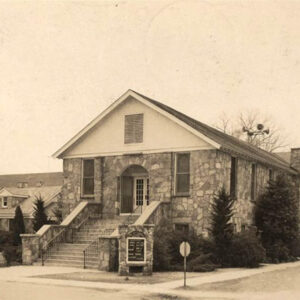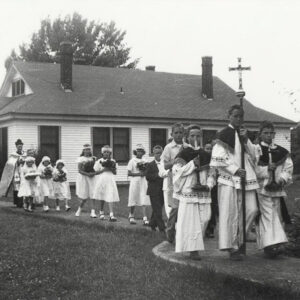Entry Category: Poinsett
 Delta Area Museum
Delta Area Museum
 First Baptist Church
First Baptist Church
 First United Methodist Church
First United Methodist Church
Fisher (Poinsett County)
 Flood Victims
Flood Victims
Harrisburg (Poinsett County)
 Harrisburg High School
Harrisburg High School
 Harrisburg School Children
Harrisburg School Children
 Harrisburg Street Scene
Harrisburg Street Scene
 Harrisburg Street Scene
Harrisburg Street Scene
 Harrisburg View
Harrisburg View
 Joe Hong Grocery
Joe Hong Grocery
Lepanto (Poinsett County)
 Lepanto Church
Lepanto Church
Marked Tree (Poinsett County)
 Marked Tree Race Riot Story
Marked Tree Race Riot Story
 Marked Tree Street Scene
Marked Tree Street Scene
 Marked Tree Street Scene
Marked Tree Street Scene
 May Crowning
May Crowning
 Southern Tenant Farmers Museum
Southern Tenant Farmers Museum
 St. Norbert’s Catholic Church
St. Norbert’s Catholic Church
Trumann (Poinsett County)
Tyronza (Poinsett County)
 Tyronza Church
Tyronza Church
 Tyronza Flood Refugees
Tyronza Flood Refugees
 Tyronza Hunters
Tyronza Hunters
 Tyronza Street Scene
Tyronza Street Scene
 Tyronza Street Scene
Tyronza Street Scene
Uno (Poinsett County)
Waldenburg (Poinsett County)
Weiner (Poinsett County)
 Weiner Depot
Weiner Depot
 Weiner School
Weiner School
 Zion Lutheran Church
Zion Lutheran Church




